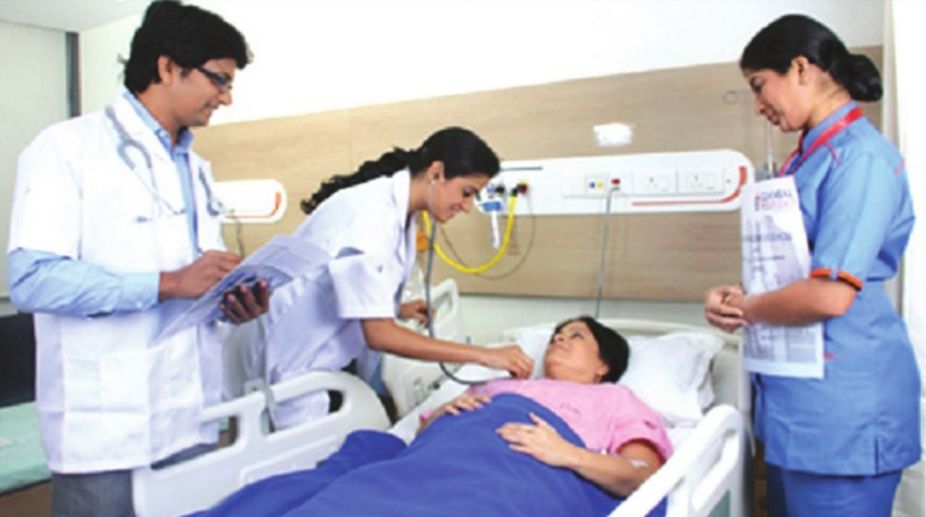Rosemary: Beyond a potent hair oil
Discover the multifaceted benefits of rosemary beyond hair care. From cognitive enhancement to stress relief, explore the therapeutic potential of this versatile essential oil.

Representational Image (PHOTO: SNS)
Hepatitis is the inflammation of the liver caused by viruses A, B, C, D or E. These viruses can be distinguished depending on the predominant mode of transmission – water or blood – and show significant differences in their epidemiology, presentation, prevention and control. Nearly 1,19,000 cases of all cause viral hepatitis were reported in India in 2012. The Integrated Disease Surveillance Programme of the NCDC received notification of 2,90,000 cases of acute viral hepatitis in 2013. Hepatitis B Virus and Hepatitis C Virus together are estimated to have led to 500 million chronically infected persons and one million deaths annually. About 12-18 million are chronically infected patients but most of them unaware of their infection. People living with HCV are dying two decades earlier from non-liver related illness (such as cardiovascular disease, respiratory failure, hypertension and diabetes) as compared to their non-infected peers. The most prevalent HCV genotypes in India are genotypes 1 and 3
Human immunodeficiency virus (HIV) and HCV co-infections have emerged as a leading cause of morbidity due to liver disease throughout the world in the last two decades. Among the HIV infected patients, HCV coinfection is more prevalent due to overlapping transmission routes. The introduction of antiretroviral therapy (ART) has led to a marked reduction in the morbidity and mortality and has resulted in increased survival in HIV infected patients. Consequently, the importance of co-morbidities such as chronic liver disease due to HBV infection is being recognized as a significant problem. In co-infection, the presence of one virus impacts the natural history of the other virus. HIV accelerates the natural course of HCV infection and facilitates faster progression of liver disease to cirrhosis and hepatocellular carcinoma (liver cancer). Disease progression to cirrhosis in HIV positive patients is almost threetimes faster as compared to HIV negative patients.
In May 2016, the World Health Assembly recognised viral hepatitis as a public health threat. In India, the high burden states are in the East and North East where maximum cases have been identified. There is hope of 90 per cent cure if sofosbuvir and daclatasvir are taken in combination, which costs between Rs 20,000 to 30,000 for three months. However, affordability of the treatment is the greatest challenge. Few state governments have come forward to offering free treatment for people who fall below the poverty line. It some cases the treatment cost is reimbursed which is again a challenge for the poor.
Advertisement
It is critical that Global Fund recognises that Viral Hepatitis is to be addressed along with HIV and TB otherwise the efforts towards curbing these diseases will be unsuccessful beyond a point as people will die of HCV coinfection even though they have ART and DOTs treatment. With the progress made in HIV in India, we are hopeful but at the same time we urge the Government of India to protect generic manufacturing and competition in new drugs and consider treating individuals as a whole rather than one or two infections of an individual.
Country Program Director, AIDS Healthcare Foundation
Advertisement